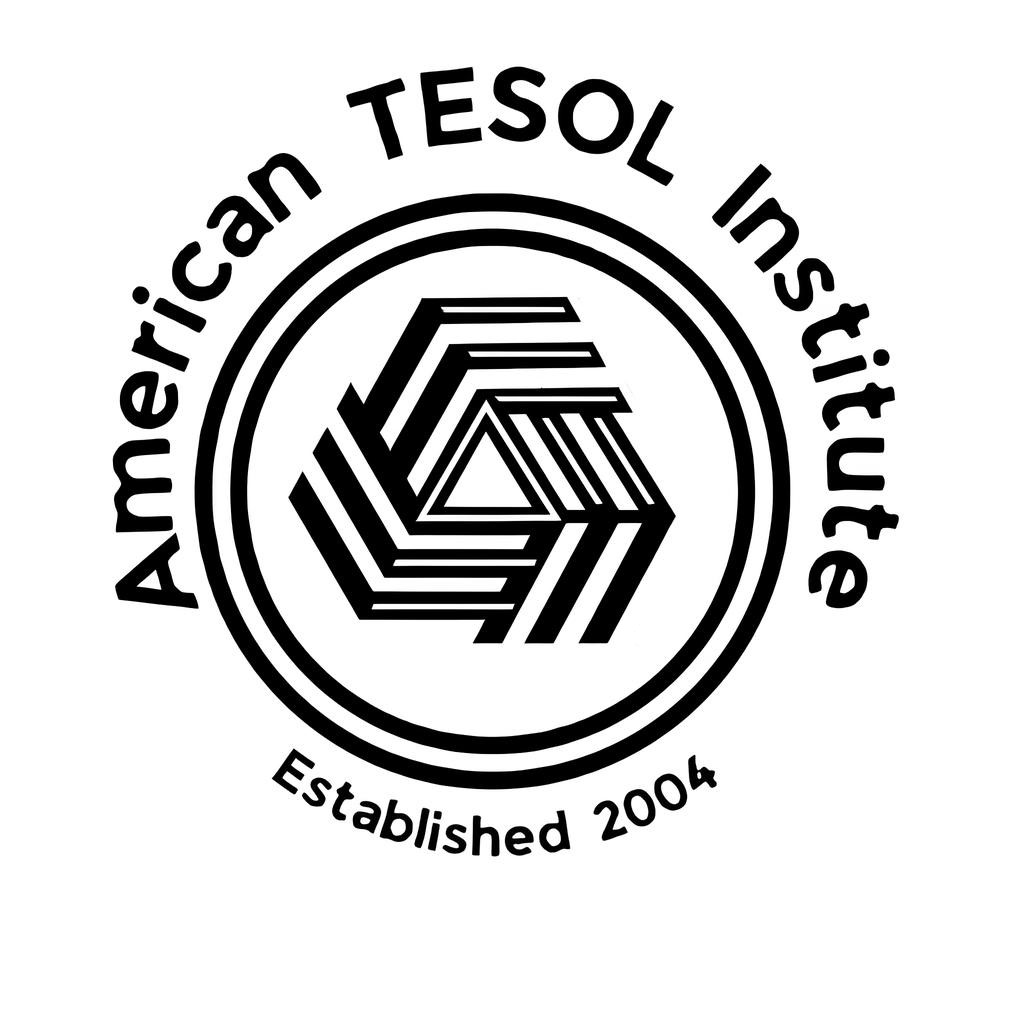1. A Wolf-Den Wake-Up Call: The Story of Kamala and Amala
In 1920, missionary J.A.L. Singh reported a remarkable discovery near Midnapore, India: two “wolf-girls,” Kamala (approximately 7 years old) and Amala (approximately 3), allegedly rescued from a wolf den.¹ Raised among wolves, the girls displayed striking animal-like behaviors. They moved on all fours, howled to communicate, and gnawed on raw meat, shunning cooked food. Tragically, Amala succumbed within a year of rescue, but Kamala lived until age 14, providing a rare window into the consequences of language deprivation.
Despite years of care, Kamala’s language development remained rudimentary. She acquired roughly 300 one-syllable utterances—sounds like grunts or barks that didn’t align with any human language. Caregivers taught her to recognize a handful of object labels, such as “food” or “water,” but she never used words spontaneously or strung them into sentences. Cognitively, she plateaued at the level of a highly intelligent wolf, unable to grasp abstract ideas or engage in complex reasoning. Her case vividly illustrates the critical period hypothesis: without language exposure from birth to puberty, the brain struggles to wire itself for higher-order thought.
Fun Fact for the Classroom: Feral children like Kamala, who miss this critical window, rarely achieve fluent grammar or abstract thinking later in life. This isn’t just a quirk of upbringing—it’s hard evidence that language doesn’t merely express thought; it shapes and drives it. Share this story with students to spark discussions about why early language matters and how it connects to their own learning journey.
2. Talk = Thought (and Other Species Prove It)
Across nature, advanced problem-solving pairs with symbolic communication, suggesting that language is the engine of complex cognition. Let’s explore how other species showcase this link:
| Species | Communication Superpower | Classroom Fun Fact |
|---|---|---|
| Dolphins | Individual “signature whistles” that act as names and share details like location or activities. | A dolphin can invent a unique whistle for a new object—like a toy—and teach it to its pod in mere hours, showing rapid social learning. |
| Honeybees | The waggle dance conveys precise distance, direction, and quality of food sources. | Karl von Frisch’s 1973 Nobel Prize-winning decode revealed the dance adjusts for the sun’s movement, proving its mathematical precision. |
| African Grey Parrots | Vocal labels for colors, shapes, and abstract ideas like “zero” (or “none”). | Alex the parrot famously asked, “What color?”—a genuine question that revealed his grasp of “same” and “different,” rivaling human toddlers. |
These examples highlight a universal truth: communication systems enable sophisticated thought, whether it’s dolphins coordinating hunts, bees mapping resources, or parrots reasoning abstractly. In humans, language amplifies this capacity exponentially, unlocking abstract thought, planning, and cultural innovation.
Pro Tip for TESOL Teachers: Bring these animal tales into class to captivate students. Ask them to imagine life without words—how would they solve problems or share ideas? It’s a fun way to underscore language’s power and tie it to their English learning goals.
3. The Thumb vs. the Tongue: Why Language Trumps Tools
Tools shaped human survival, but language propelled us forward. No society thrives without a shared abstract vocabulary. Consider how science advances: terms like “photosynthesis” in biology, “quantum entanglement” in physics, or “supply chain” in business English don’t just name phenomena—they enable us to conceptualize, analyze, and innovate. Language isn’t a passive tool; it’s a catalyst for intellectual breakthroughs.
For TESOL teachers, this means you’re not just teaching words—you’re expanding minds. Each new term, from “justice” in a debate class to “sustainability” in a science lesson, equips learners with a lens to see the world anew. It’s why teaching English isn’t just about fluency—it’s about unlocking cognitive potential.
Pedagogical Insight: Challenge students to describe a familiar concept (e.g., a holiday tradition) using only English. Then, ask how the new language shifts their perspective. It’s a hands-on way to show how words reshape thought.
4. From Translation to Transformation: How L2 Takes Over
Second-language (L2) acquisition unfolds in stages, each marking a deeper cognitive shift:
- Labeling: Learners link L2 words to L1 equivalents. A French speaker might pair “dog” with “chien,” relying on translation to process meaning.
- Code-Switching: As fluency grows, L2 words slip into L1 speech. Picture a learner saying, “I went to the marché to buy some bread,” blending French and English naturally.
- Conceptual Shift: The breakthrough arrives when learners think in L2 without translating—like dreaming in English or using it in their inner monologue effortlessly.
Pro Tip for TESOL Teachers: To nudge students past code-switching, teach high-frequency chunks like “Would you mind…” or “It’s worth noting…” These ready-made phrases encourage direct L2 thinking, bypassing word-for-word translation traps.
Classroom Example: A student might start by translating “I’m hungry” from their L1. With practice, they’ll blurt out “I could eat a horse!”—a sign they’re internalizing English patterns and humor.
5. Tech-Powered Multisensory Input: The Future of Language Learning
Technology supercharges language acquisition by engaging multiple senses. Animations, augmented reality (AR) flashcards, and AI chatbots deliver instant visual, auditory, and kinesthetic cues. Research backs this up: pairing rhythmic audio—like rap or chants—with interactive visuals creates stronger memory traces than text alone. It’s how Kamala learned best, through sensorimotor signals, and it’s a blueprint for modern classrooms.
Tech Tools to Try:
- Apps: Duolingo’s spaced repetition optimizes vocabulary retention, adapting to each learner’s pace.
- Virtual Reality (VR): VR scenarios (e.g., shopping in an English-speaking market) immerse students in real-time practice.
- Music and Rhythm: Songs or chants—like a rap about past tense verbs—make grammar stick through melody and beat.
Classroom Application: Craft a short chant like “I walk, I walked, I’ve walked today” to teach verb tenses. Pair it with a clapping rhythm or an AR game where students “collect” verbs—fun and unforgettable!
6. Pedagogical Takeaways for TESOL Teachers
Here’s how to bring these insights to life in your classroom:
- Harness Rhythm: Use jazz chants or rap battles to drill stress and intonation. Try “Fluency MC”-style micro-raps: “I can, I will, I’m learning still!” to boost fluency and confidence.
- Build Semantic Fields: Teach vocabulary in clusters (e.g., “wolf ? den ? howl ? pack”) via mind maps or word association games. It mimics how experts create new concepts and deepens understanding.
- Seed Social-Emotional Learning (SEL) Early: Feral children like Kamala lacked social-language exchanges and struggled with empathy. Foster SEL with role-plays or debates—tasks that demand turn-taking and perspective-sharing.
- Leverage Critical-Period Urgency: Tailor lessons to age and goals. Young learners nail pronunciation fast; older ones shine when English ties to their passions—like gaming slang or job-specific terms.
Bonus Strategy: Host a “word web” activity. Start with “family,” and let students branch out to “love,” “home,” “support”—then use the web in a story. It’s collaborative and builds connections.
7. A Mission Larger Than Grammar: The Transformative Power of TESOL
As TESOL educators, you’re not just handing out vocabulary—you’re building the scaffold of human intelligence. Every idiom grasped, every nuance of tone mastered, stretches a learner’s ability to reason, create, and connect globally. Language learning opens doors to jobs, bridges cultures, and turns students into empowered world citizens.
Your work echoes beyond the classroom. Kamala’s story warns of language’s absence; your students prove its presence—unlocking potential with every word. A TESOL certificate isn’t just a diploma—it’s a spark to light minds and shape futures.
Footnotes: ¹ The Midnapore case remains debated, but later studies (e.g., Genie in the 1970s) confirm its core lesson: early language deprivation caps cognitive growth. It’s both a caution and a call to action for language teachers.



